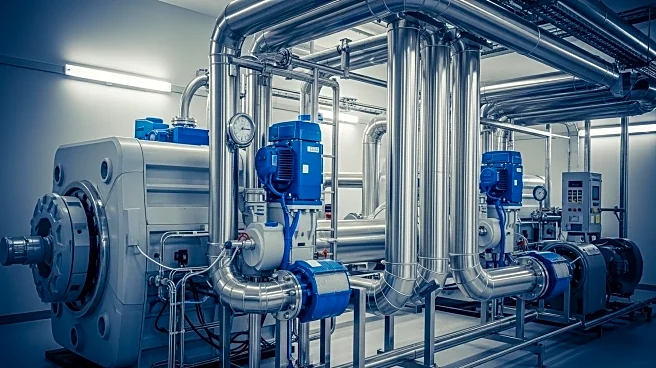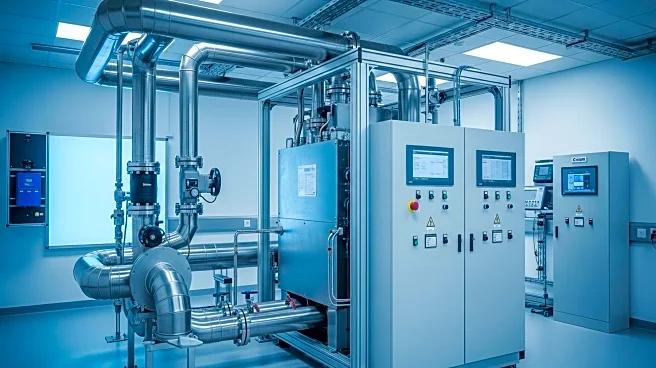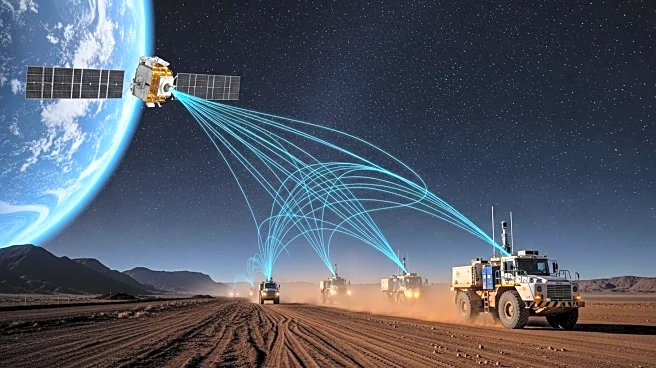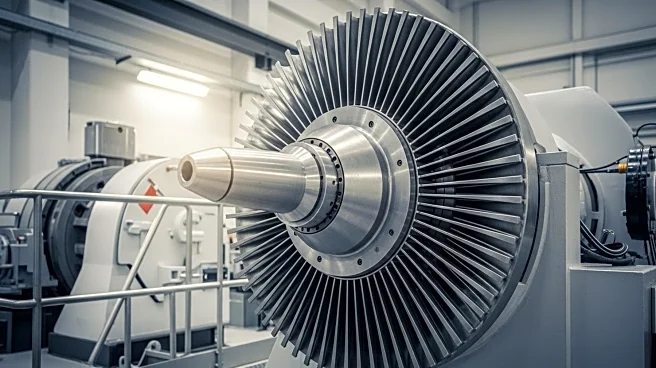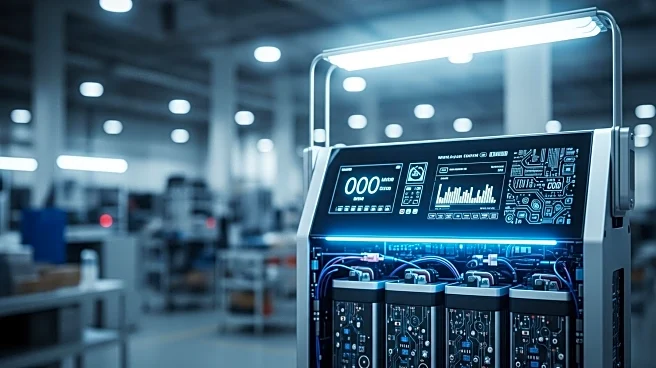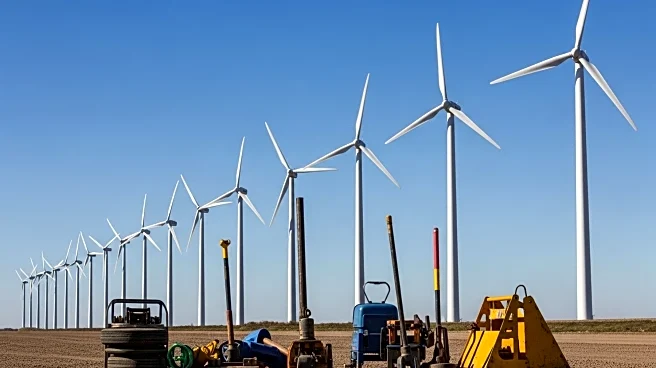What's Happening?
Battery-electric vehicles (BEVs) are emerging as a promising alternative to diesel-powered machines in underground mining, offering significant environmental and operational advantages. BEVs can achieve up to 90% efficiency compared to the 30% efficiency of conventional diesel engines, leading to energy savings and improved performance in demanding environments. They also enhance worker safety by eliminating diesel exhaust and particulate matter, reducing the need for extensive ventilation systems, and improving air quality. However, the adoption of BEVs in mining faces several challenges, including infrastructure limitations, battery performance issues, and operational adjustments. Mines need to invest in charging infrastructure, manage battery wear, and optimize charging schedules to fully realize the benefits of BEVs.
Why It's Important?
The shift to BEVs in mining is crucial for reducing emissions and aligning with global sustainability goals. By adopting BEVs, mines can significantly lower their carbon footprint, improve worker health and safety, and enhance operational efficiency. This transition supports the broader industry trend towards cleaner and more sustainable practices, which is increasingly important as environmental regulations tighten and stakeholders demand more responsible operations. Successful integration of BEVs can position mining companies as leaders in sustainability, potentially attracting investment and improving their competitive edge in the market.
What's Next?
Mines are expected to continue exploring partnerships with utilities and equipment manufacturers to overcome infrastructure challenges. The development of microgrids and on-site renewable energy sources will be key to supporting BEV adoption. Additionally, advancements in battery technology and management systems will be critical to addressing performance issues and ensuring reliable operations. As BEVs become more prevalent, mining companies will need to adapt their operational strategies to optimize energy use and minimize downtime, paving the way for a more sustainable future in the industry.


